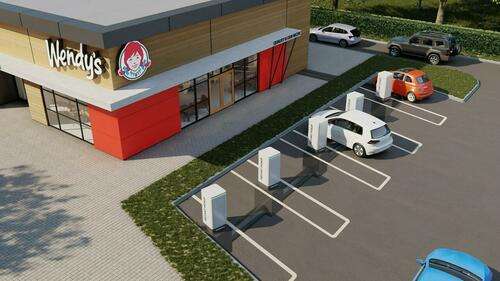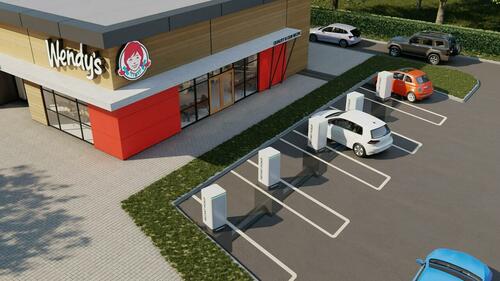Fast food chain Wendy’s is testing new technology to automate its stores. This is more bad news for human workers as automation and artificial intelligence invade the fast food industry.
Wendy’s announced a new partnership with Pipedream, a hyper logistics company, to pilot-test the first underground autonomous robot system that will allow food from the kitchen to be sent to designated parking spots via an underground network of pipes.
“The partnership marks another bold step for Wendy’s in driving industry innovation as it strives to serve digital-forward customers with greater ease, speed, and accuracy,” Wendy’s wrote in a press release.
“We know that serving orders quickly and accurately leads to increased customer satisfaction.
“Pipedream’s Instant Pickup system has the potential to unlock greater mobile order speed of service and accuracy, enabling us to consistently deliver hot and fresh Wendy’s products to our fans,” said Deepak Ajmani, US Chief Operations Officer of Wendy’s.
Wendy’s stated the move is to “provide digital customers with a fast and convenient pick-up option.” While this is true, it’s a continued push by the company to slim down its workforce by automating low-skilled jobs.
Want more evidence of this?
In May, the fast food chain with nearly 6,000 US stores said it was developing an artificial intelligence chatbot powered by Google’s natural-language software to automate drive-thru ordering.
Besides Wendy’s, we have outlined the move by other fast-food restaurants, like McDonald’s, to automate stores and replace humans:
- McDonald’s To Replace More Humans With Drive-Thru AI
- McDonald’s Tests AI-Powered Automated Drive-Thrus At 10 Chicago Restaurants
There’s even been a push by McDonald’s to automate a restaurant entirely:
Recall a recent Goldman report (available to pro subscribers in the usual place) that stated, “Two-thirds of current jobs are exposed to some degree of AI automation, and that generative AI could substitute up to one-fourth of current work. Extrapolating our estimates globally suggests that generative AI could expose the equivalent of 300 million full-time jobs to automation” as up to “two thirds of occupations could be partially automated by AI.”
In other words, the robots are coming, and jobs will be lost.

